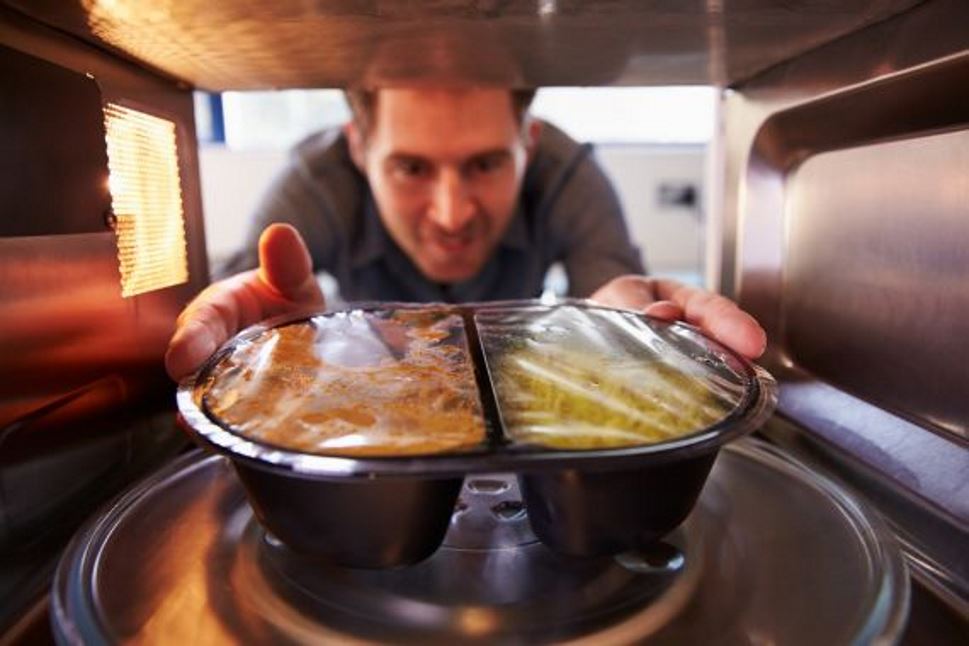Five Tips to Become Retail-Ready
- Think about scaling up production
The volumes you need to make will likely be far bigger than you're used to and so you'll either need to set up a commercial kitchen or outsource your production to a third party. The latter is the easier option, as they should already have all the necessary hygiene and safety certification in place.
- Know what assurances you need
With either option you'll need to check all the relevant hygiene, food safety and quality assurance systems are in place. They include the Hazard Analysis and Critical Control Point (HACCP) system, inspections/certificates under Environmental Health and the Food Safety Act, and Salsa or BRC quality assurance programmes.
- Make sure the logistics work
Supermarkets distribution centres may be miles from where your products will be made – to get them there in the best condition possible could mean hiring, or buying, specialist transport such as a refrigerated van.
- Make sure your packaging's right
Not only does your packaging protect your product to make sure it consistently reaches consumers in as good a condition as possible, it also needs to attract buyers and give them the right information. Supermarkets will expect you to validate the raw materials and ingredients through proper testing and analysis and provide the necessary nutrition information on packaging (there are various specialists who can help with both these); they'll also want you to provide a barcode that identifies the product from manufacture to point-of-sale, and carry out shelf life testing to set a use-by or best-before date.
- Increase your product's shelf life
One of your biggest challenges will be to make sure your product keeps its freshness as long as possible to cope with the extended distribution time. MAP is by far the best method – an established process that prolongs shelf life naturally, without preservatives, and thus helps prevent food waste. Depending on the product, it replaces atmospheric air with carbon dioxide, nitrogen or oxygen, either on their own or in combination, to extend shelf life by up to 500%.













